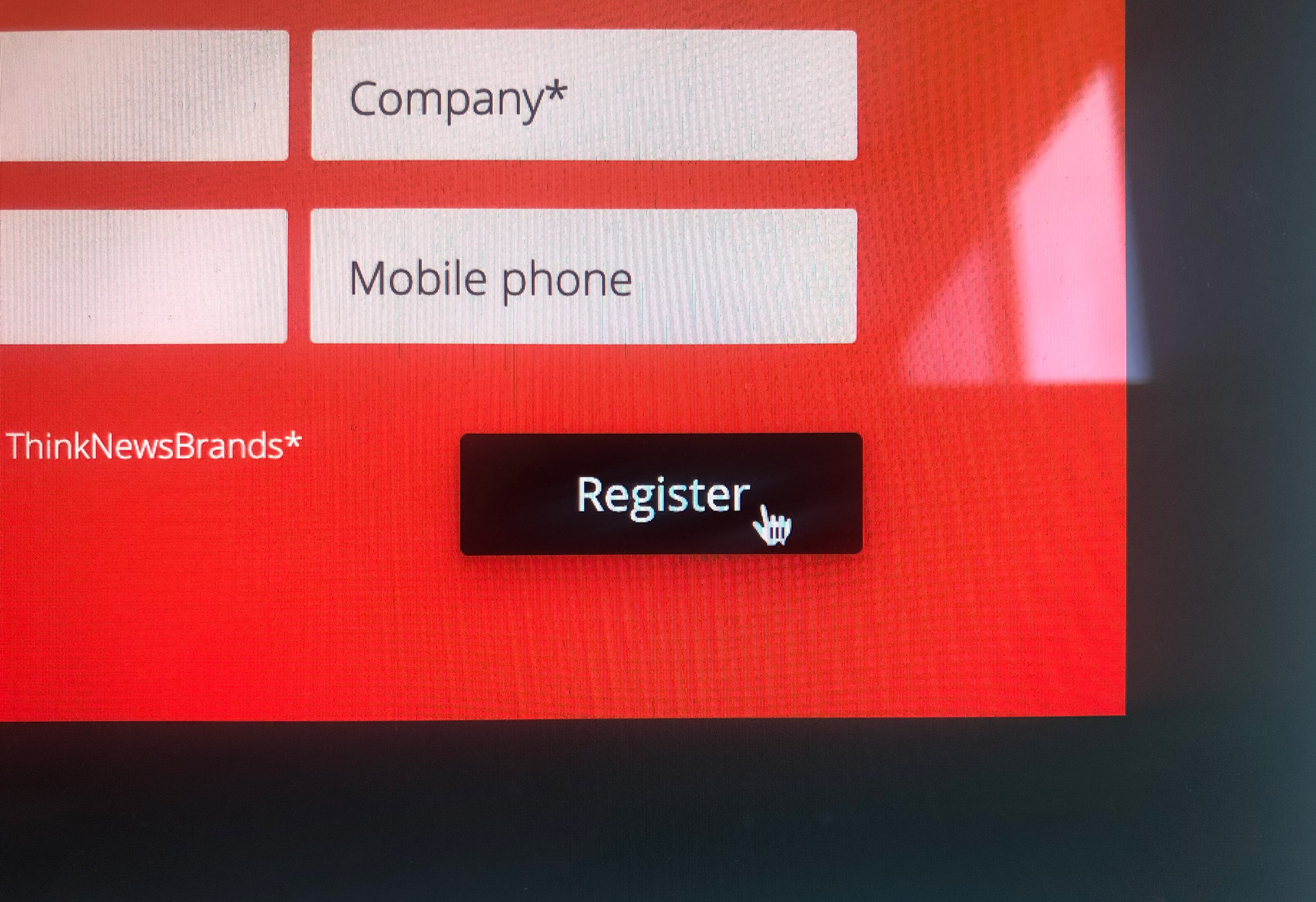If you have a website, the idea of needing to appeal to both humans and search engines at the same time can be a little perplexing. Will you need to focus on different things for each, and which should you prioritise?
While certain technical aspects of search engine optimisation (SEO) can be complex, the relationship between SEO and web design is actually incredibly simple:
Great web design and great SEO go together like beans and toast; they go together like copy and paste. This is because for the most part, search engines and humans are looking for the same elements.
Why even care about search engine optimisation?
It’s been found recently that the #1 organic result in a Google search engine results page (SERP) gets 31.7% of all clicks. In contrast, only 0.78% of Google searchers might click on something from the second page. It’s very clear that if you want people to engage with your brand online, you’ll want to be as high as possible in the rankings for relevant searches. SEO helps you get there.
Fortunately, search engine algorithms have been refined over time to reward high-quality, clear and relevant websites. It therefore follows that maintaining a great website should be a key step in any SEO strategy.
Here are five ways that SEO and web design go hand in hand
1. Sitemap and structure
Having a clear site structure benefits both reader and search engines, because it provides clarity and direction. Search engines will be regularly crawling and indexing your sitemap to gain an idea of what your site is all about. Having solid information architecture in place also optimises user experience, as your audience will be able to easily navigate to the information they need using menus and links.
2. Quality content
Both websites and SEO benefit from high quality content. It’s not simply about peppering the right keywords throughout your text; it’s about providing really fresh, relevant and useful content that helps to solve the visitor’s problems as they search for a solution. Aim to update content regularly through blog posts, work on meta data and backlinks and remember to think locally, as around 46% of all searches on Google are now seeking local information. Here are some more detailed ways to rock your web content and social strategy.
3. Clear and compelling design
Not only will website visitors value a site that’s clear and easy to understand, but search engines will too. The very last thing you want for SEO is a high bounce rate due to people getting overwhelmed by huge blocks of content, hard-to-read text or a litany of hyperlinks. In thoughtful user experience design, content is laid out so it’s easy to scan, easy to read and communicates effectively.
4. Mobile friendly design
Way back in October 2015, Google announced that mobile searches were outweighing computer searches for the first time. The scales have well and truly tipped, and if your site isn’t mobile optimised you’re hurting both your chances with mobile-using visitors (that is, the majority of people!) as well as mobile search bots. A specialist web design team can ensure your website structure adapts seamlessly to any device.
5. Website speed
Maintaining a fast website is a crucial step in optimising visitor engagement and search engine rankings. Anything that takes over two seconds to load can be cause for concern, because people may leave the site and search engines may judge this as an indicator of poor quality. While there are several factors to consider when it comes to speed such as hosting location and visitor settings, there’s certainly a lot that your web design agency can do. We can help by optimising images, removing unnecessary plugins and generally maintaining the website with care over time.
Search engine optimisation and web design shouldn’t be treated as separate endeavors when it comes to great user experience design, because they actually have so much in common. If you’re keen to create the best possible user experience design that’ll please both website visitors and those industrious little search bots, then check out our recent work and contact the team at BJM Digital.
Posted
by Ben McIntyre
Related articles
© BJM Digital 2020 16/663 Victoria Street Abbotsford VIC 3067 03 9421 4747
 Blog
Blog






